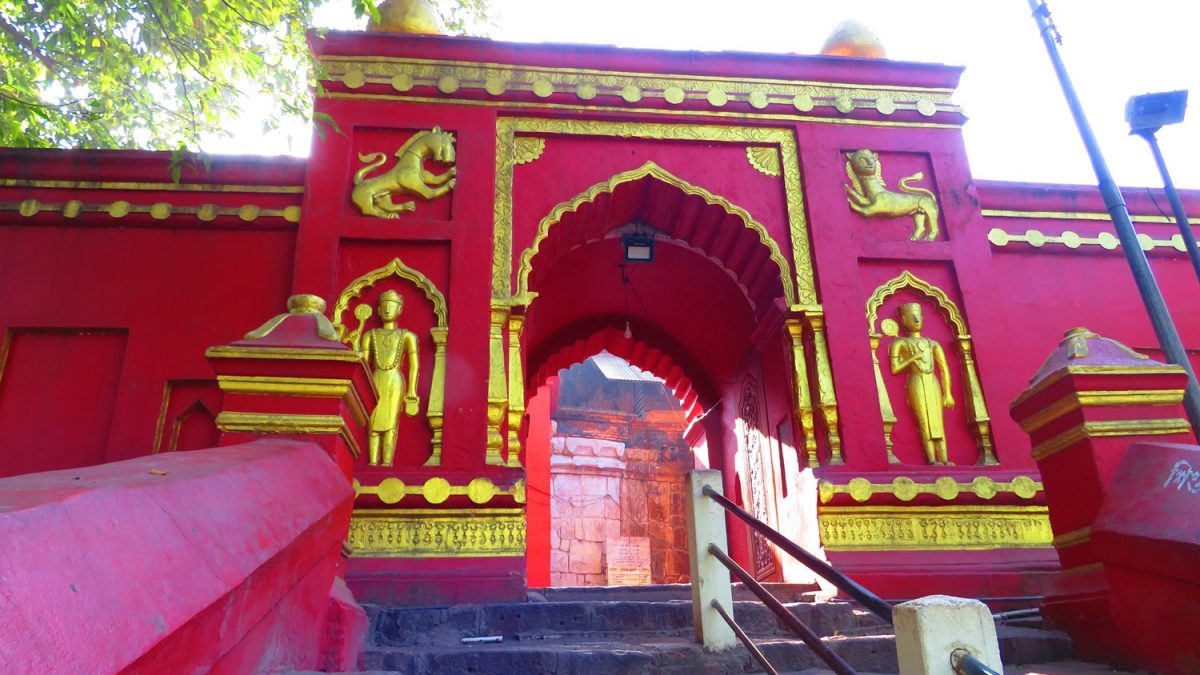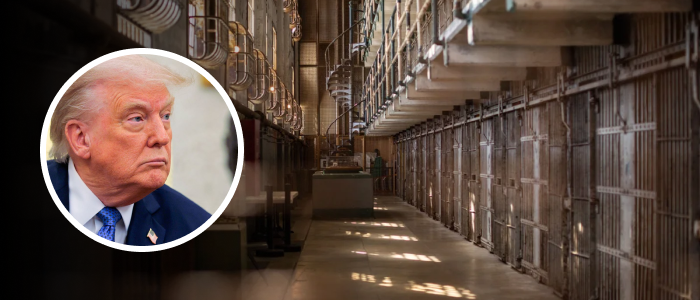There is no better time to visit Assam than during the festival of Bihu, in April. And if an explorer in the state feels overwhelmed by the crowds that throng most places, he could seek relative tranquillity at a place that sees a fraction of Guwahati’s visitors. Thirty kilometres north-west of Guwahati lies the old town of Hajo, located on the northern banks of the Brahmaputra.
Set amidst verdant hills and scenic countryside are some of the state’s most historic shrines. Varied strands of Hinduism are found here, and Islam and Buddhism also find space. It is a land filled with legends and history.

Hajo has been known by different names at various points in time. From Apurnabhava and Manikutgram, it changed into Sujabad with the arrival of the Mughals and that later mutated to Hajo. Amidst the shifting sands of time, one spot here retained a spiritual aura, a place atop the Manikut Hill, where legends and history come together.
Atop the hill lies the much-revered Hayagriva Madhava Temple. As per mythological accounts, Hayagriva was an asura who attempted to steal the knowledge of the Vedas and Lord Vishnu prevented this by eliminating him. As a consequence, Hayagriva Madhava is considered an avatar of Vishnu, seen with the body of a human being and the head of a horse.
It is in this form that Vishnu is depicted at the Hajo temple also, with Hayagriva Madhava as its principal deity. Also within the sanctum are depictions of Jagannatha, Garuda and Govinda Madhava, amongst other deities. In terms of its structure, the main temple comprises a sanctum and a mandapa or assembly hall and a small passage that connects these two.
The four pillars in the mandapa are of immense size. The standout feature of the outer wall are rows of elephant friezes at the temple’s base, making it appear as if they were carrying the temple on their backs. Above them are showcased a galaxy of gods and goddesses, scenes from various epics and mythological stories.
Here again, primacy is given to various incarnations of Vishnu, such as Varaha, Narasimha and Kalki. Other divine beings include Indra, Vayu, Agni etc. Shaivism and Shakti worship also find representation.
In the precincts of the temple complex is a curious smaller shrine atop a pyramid. Called a Fakuwa Dol locally, it is accessed via a short flight of steps. The octagonal, domed structure on top contains a wooden object, the kind on which a deity might be carried around on festive occasions.
The outside of the structure has depictions of soldiers with guns, almost as if they were on sentry duty – a very odd imagery inside a temple complex. Another unusual aspect of the temple is that some Buddhists believe that this is the spot where the Buddha attained Nirvana – a belief that possibly emanates from the presence of an ancient pillar here, which may be Ashokan in nature. In fact, some Bhutias from Bhutan think that the image of Hayagriva Madhava inside the temple was actually brought here from a monastery in Tibet.
There has been some debate on the exact dating of the temple. However, the Archaeological Survey of India (ASI) has concluded that the current structure of the shrine dates to 1583 CE with a Koch dynasty ruler called Raghudeva being its patron builder. However, it is believed that the Koch dynasty was not the first to build a shrine here, but constructed it upon the ruined remains of an older temple that may have been dated to the 10th – 11th century CE period.
According to various scholars, the temple had shades of Gupta period design too. There are also stories about how the original temple was destroyed – the most popular one points to inscriptions that mention an attack by a Muslim army. Regardless of the past, the temple is fully in worship today.
And the lamps in the inner sanctum constitute an ‘Akhand Dweep’ – a light that is never turned off but is kept burning continuously. In recent times, there have also been attempts to revive an old tradition. In the 17th century CE, an Ahom ruler began a practice of organising Bulbul fights at the temple on Makar Sankranti, a practice that involved local communities and became immensely popular, continuing till a ban in 2015.
The practice may well become regular again, subject to some protocols. Going by the Bulbul fights if you think the shrine is hard on wildlife, think again. A scientist recently identified that the pond in the Hayagriva Madhava temple complex is home to as many as fourteen species of turtles and that this and similar other temple ponds could be used to revive species such as the Black Softshell Turtle.
The Hayagriva Madhava Temple is not the only old shrine in Hajo. Also in the town are the Kameshwar, Ganesha and Kedar Temples. Further away in the hills is the Mughal-era Poa Mecca Mosque.
But if one were to go by what the temple priests say, in times of bad news and disasters, it is to the Hayagriva Madhava Temple that locals rush to pray, just as the Devas had once rushed to Lord Vishnu to prevent the Vedas from being stolen by Hayagriva, the asura. The author is a heritage explorer by inclination with a penchant for seeking obscure sites. A brand consultant by profession, he tweets @HiddenHeritage.
Views expressed in the above piece are personal and solely those of the author. They do not necessarily reflect Firstpost’s views..
Politics

Discovering Assam’s ancient heritage: Hajo’s Hayagriva Madhava temple

Thirty kilometres northwest of Guwahati lies the old town of Hajo, located on the northern banks of the Brahmaputra. Set amidst verdant hills and scenic countryside are some of the state’s most historic shrines, including Hayagriva Madhava temple















